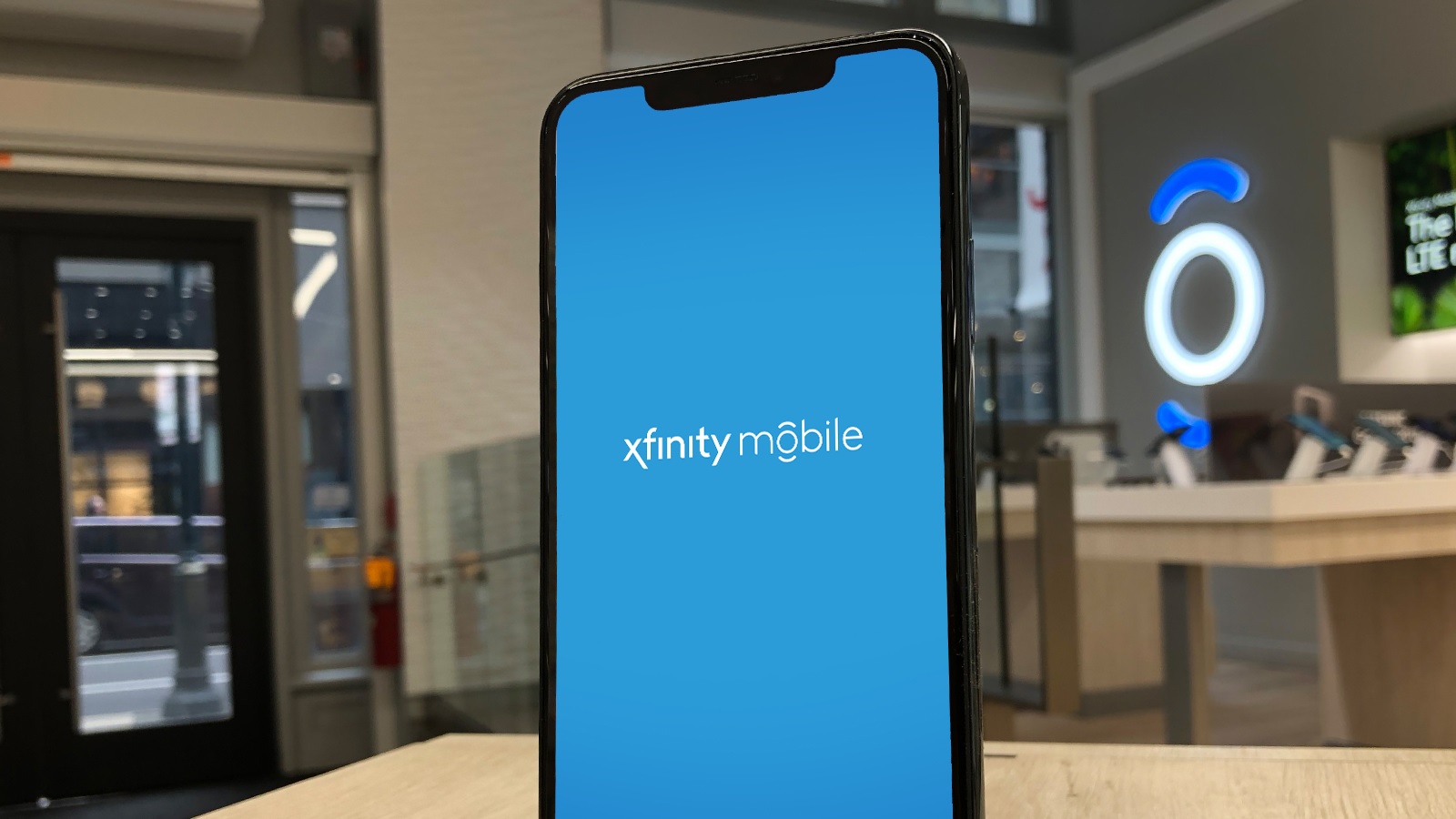There has been a paradigm shift when it comes to who is involved in delivering enterprise network connectivity
Private cellular networks are seen by many as a major opportunity to set up bespoke networks in support of industrial internet of things projects and in service of applications where data sovereignty is paramount. While enterprises can build their own network with dedicated spectrum that they either own or lease, that is not the only way that private 5G networks are being put together.
According to Karim El Malki, the CEO of Athonet, the past few years have witnessed an underlying paradigm shift when it comes to who is involved in delivering network connectivity to enterprises.
“We’re going from a world where it used to be telecommunications was a sector that was mainly focused on giving people phones or giving them connectivity at home, so it was very a consumer-centric vision,” Malki explained. “Now, we’re moved into an area with 5G where it’s not about the consumer anymore. It’s the enterprise, the industry, the hospitals, the airports.”
As a result, what used to be within the “realm of big telco players” — the average consumer — is now moving towards the big enterprise, and therefore, there is no guarantee that telcos are equipped to serve the growing private network market, leaving a wide opening for new players. Furthermore, those who traditionally served the enterprise space — the Wi-Fi guys — now have additional competition.
“The Wi-Fi players have been good at giving the enterprise what they really want, which is a product that is simple and gives them what they need,” provided Malki, adding that the telco sector has always been more complex and less transparent in comparison, making it slightly less desirable for an enterprise IT team that wants near-complete control over its network and data.
Simple, though, will no longer cut it for those enterprise who are finding that the number of devices and assets that need reliable connectivity continue to grow.
We are left with a growing demand for the coverage, security and predictability of cellular connectivity, but with the ease and control that is reminiscent of Wi-Fi. It is precisely this emerging balance that has led to new players entering the market to offer private cellular networks, whether 4G LTE or 5G.
Big names in cloud computing, such as Google and Microsoft, are already well-positioned to sell private wireless networks because they are already actively deploying edge-clouds into enterprises to run IoT and other applications.
System integrators (SIs), whose have a much narrower focus in the sense that they tend to work with specific verticals, are also major players in this space. Due to the level of vertical specialization that they bring to the table, SIs are often highly trusted by enterprises and are thought to have deep understanding of a particular customer’s needs.
Telecommunications equipment vendors, like Nokia, are working closely with system integrators and according to Stephane Daeuble, Nokia’s head of enterprise solutions marketing, there is an understanding that a single company can’t tackle every single segment.
“We’ve decided to focus on a set of industries and the other one’s are handled by partners,” he explained further. “We’ve developed a lot of vertical skillset and understanding.”
Nokia’s recent partnership with Germany-based industrial IoT specialist MYNXG, which offers networking integration for the industrial sector, is a solid example of how equipment vendors are working with system integrators. MYNXG recruited Nokia to deploy a private 5G campus network at its development center in Nuremburg to explore using the technology as a platform for industrial-grade networking and integration with its own IoT platform offering.
In addition, because vendors like Nokia recognized the need for private networks early on, Daeuble said that they also focused on partnering with those on the industrial device side of things to ensure that there were enough devices and systems capable of communicating with private cellular networks.
“There was no reason to put a fantastic network in a port or mine, for instance, if you can’t find port and mine things that talk to it. That was a big upfront realization at Nokia. The industrial ecosystem aspect is in a position where we have a good base today with 4G LTE technology where we can almost always find the right device and assets that talk the language,” he stated.
“But, then,” he continued, “we have to start again with 5G. There is no point in implementing a 5G network if nothing can talk to it. This will take another three to five years.”












